Dallas-Based Nonprofit Struggles to Bring Hurricane-Ravaged Puerto Rico Back Online and to Life

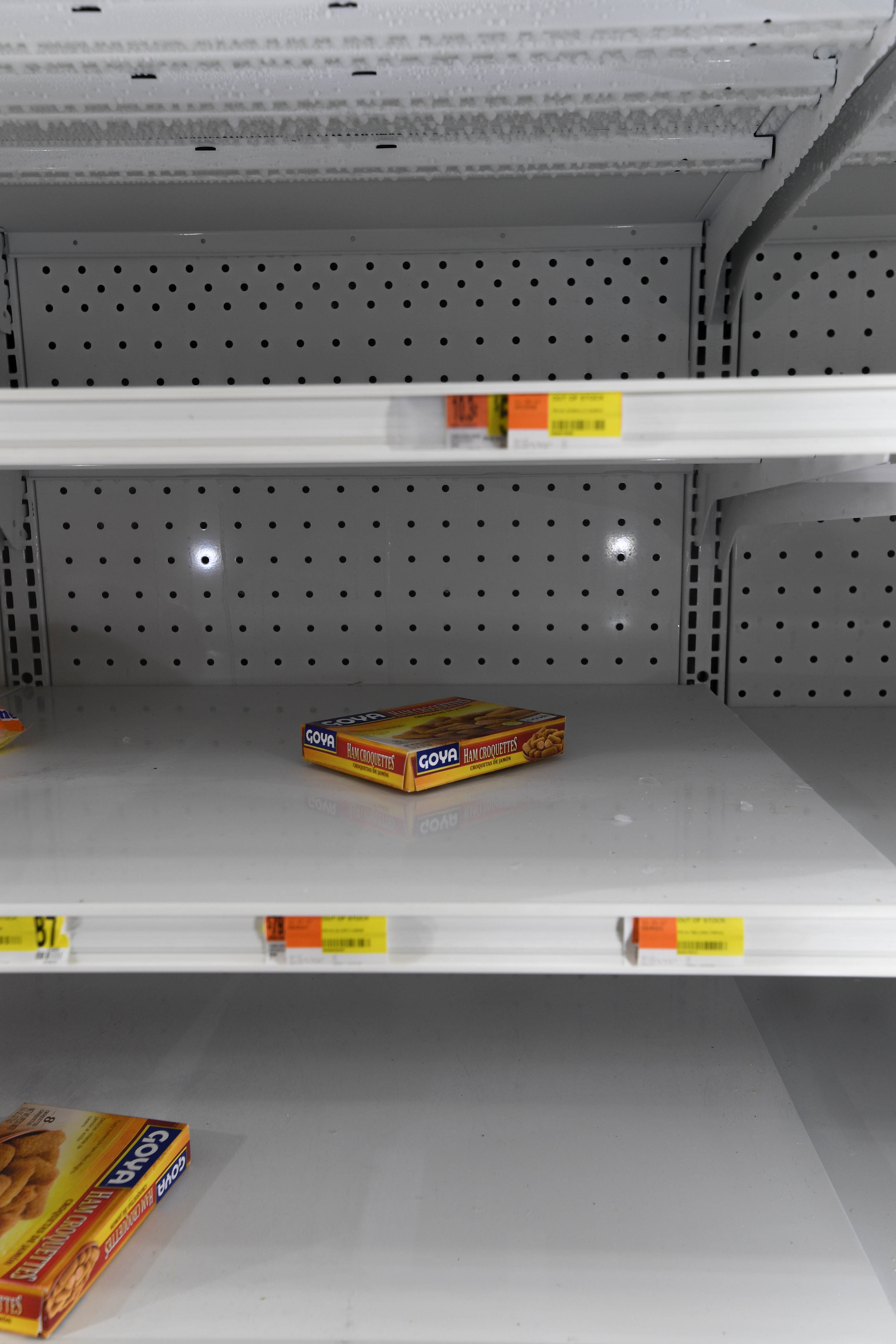
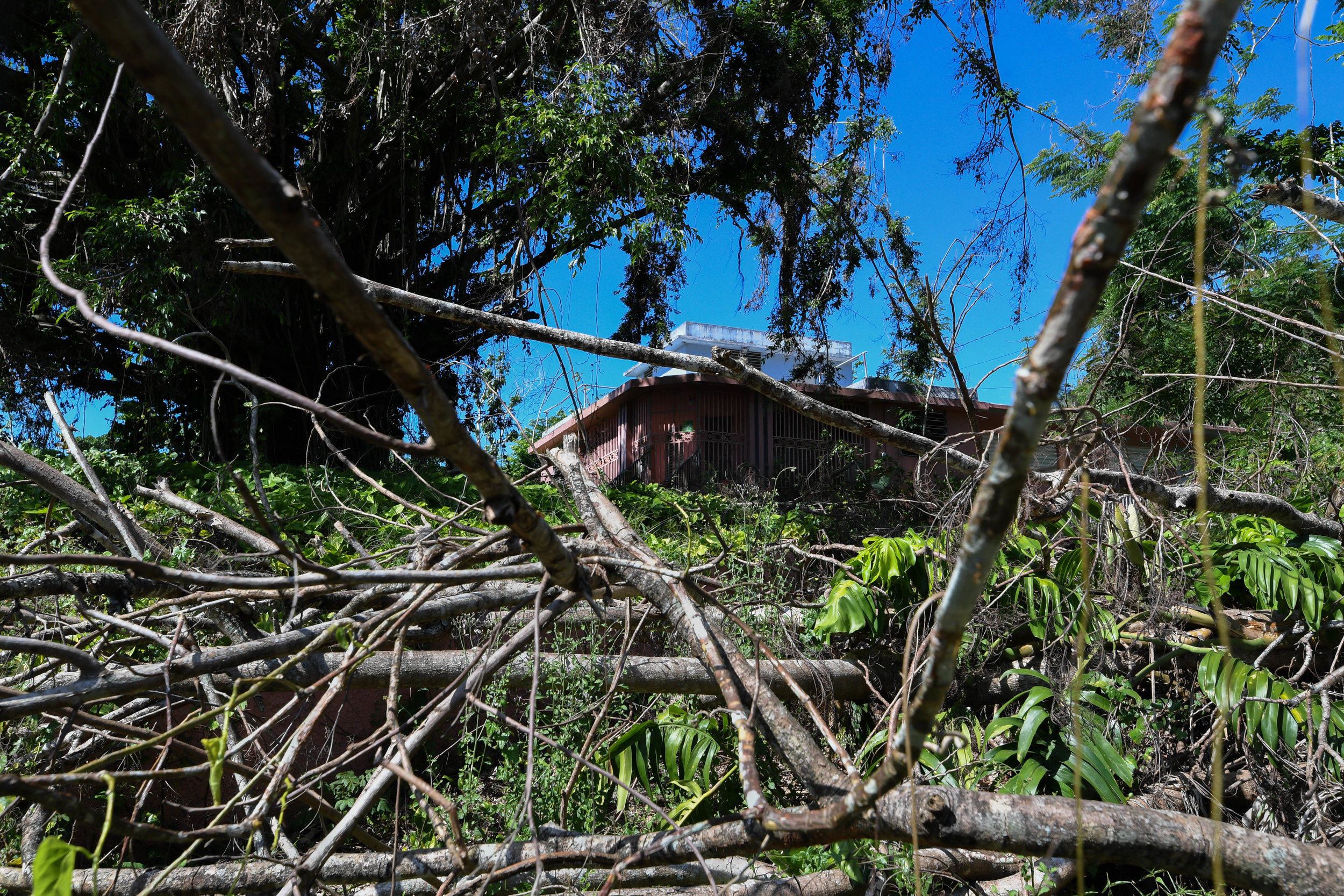
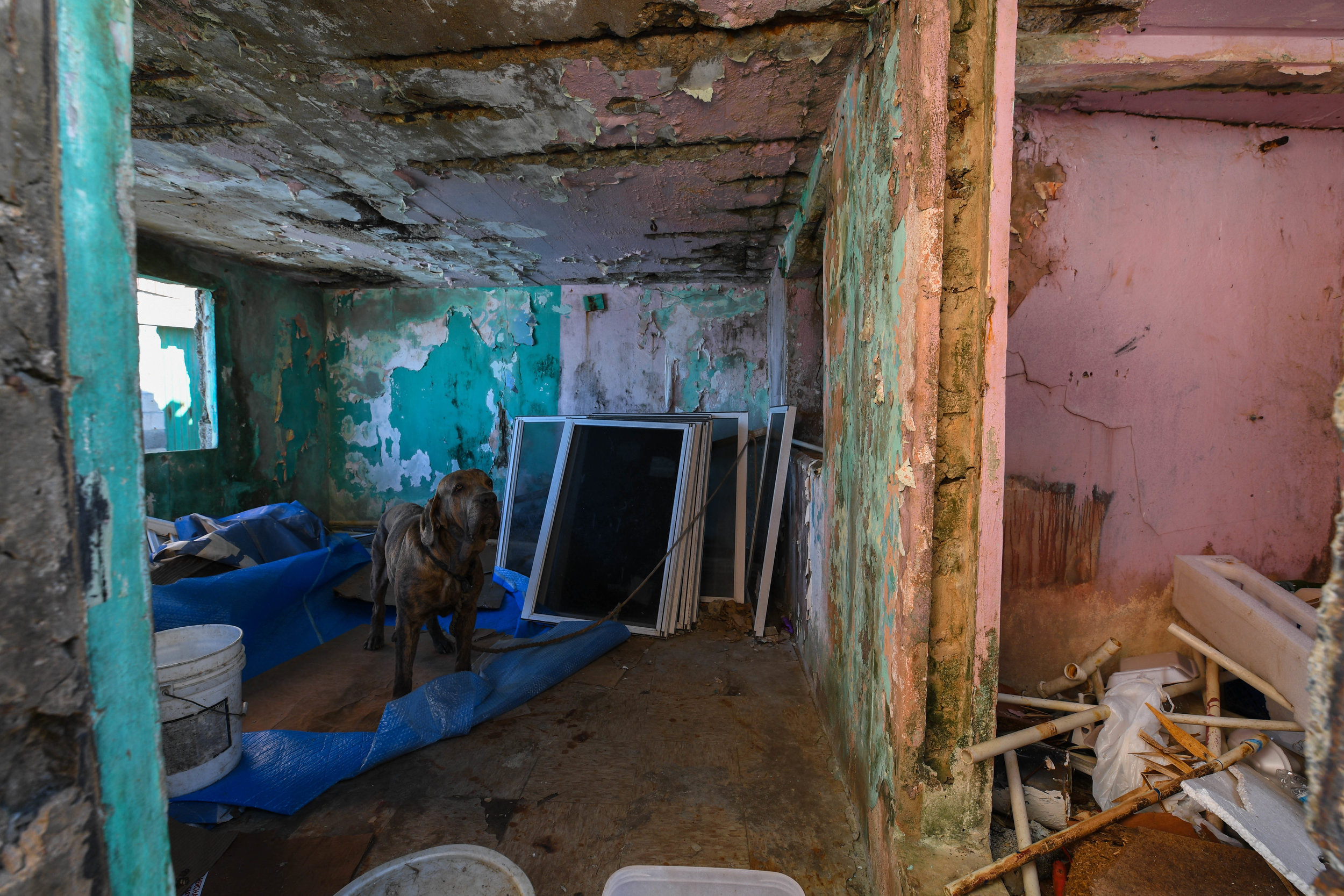
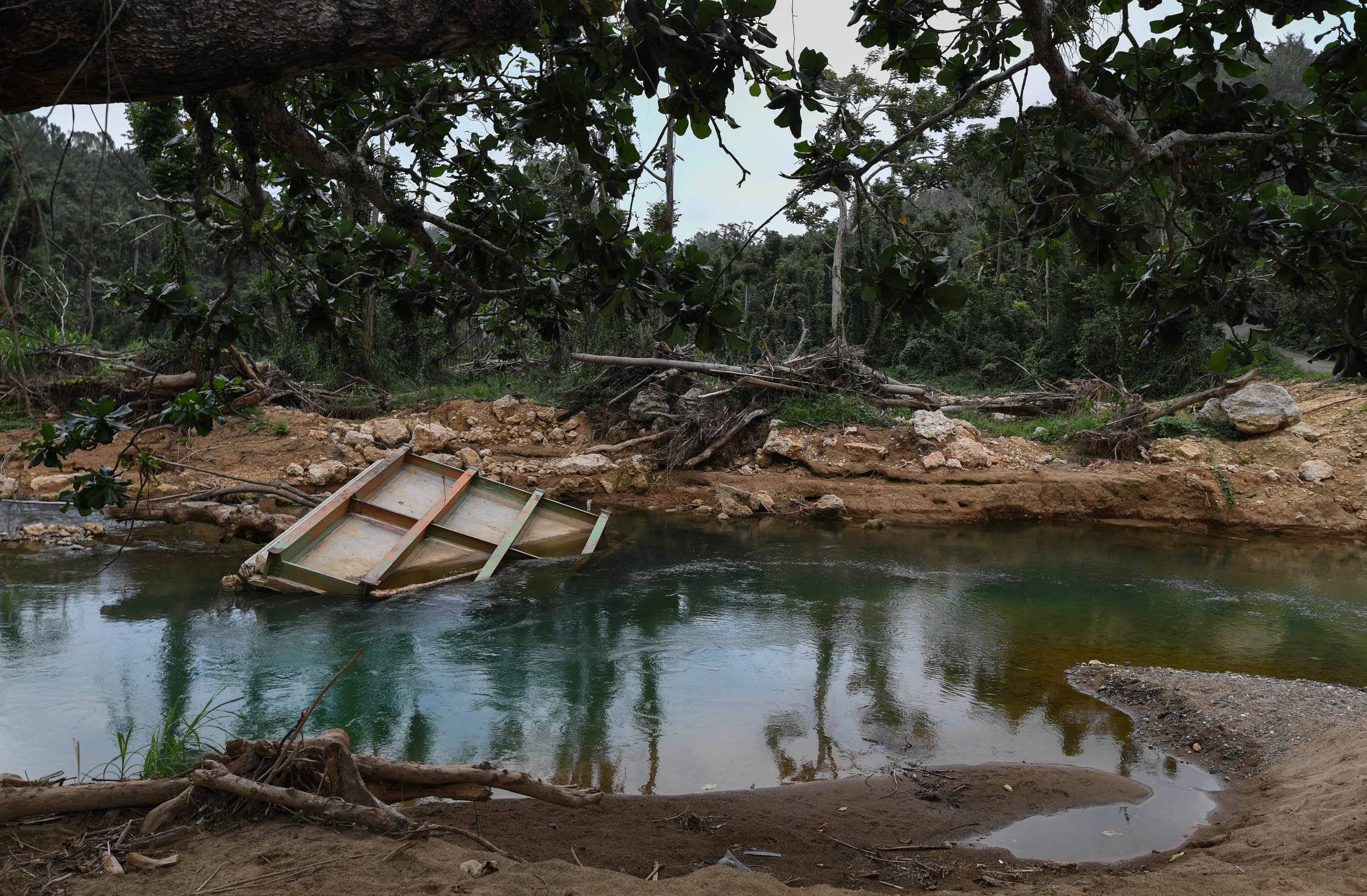
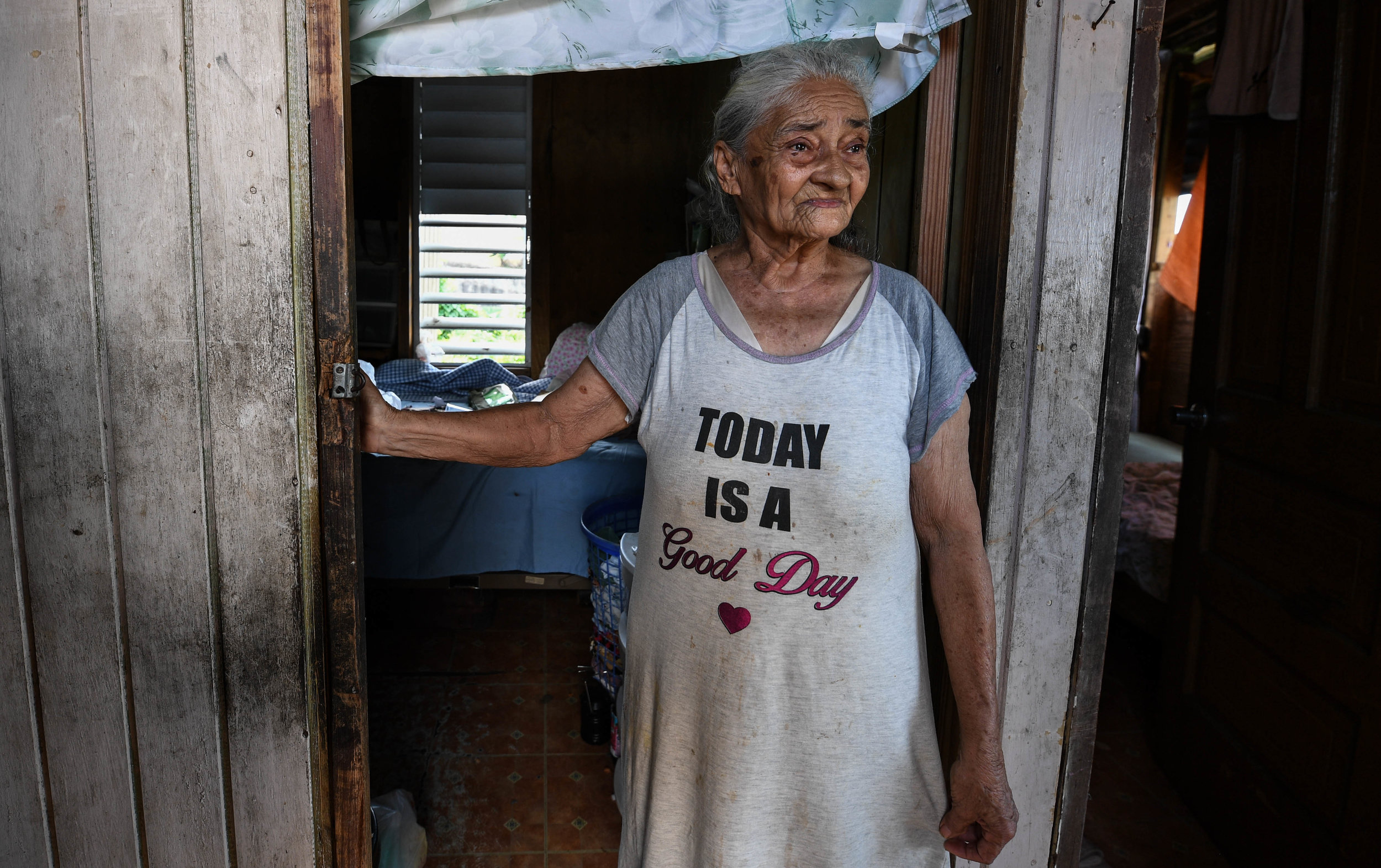
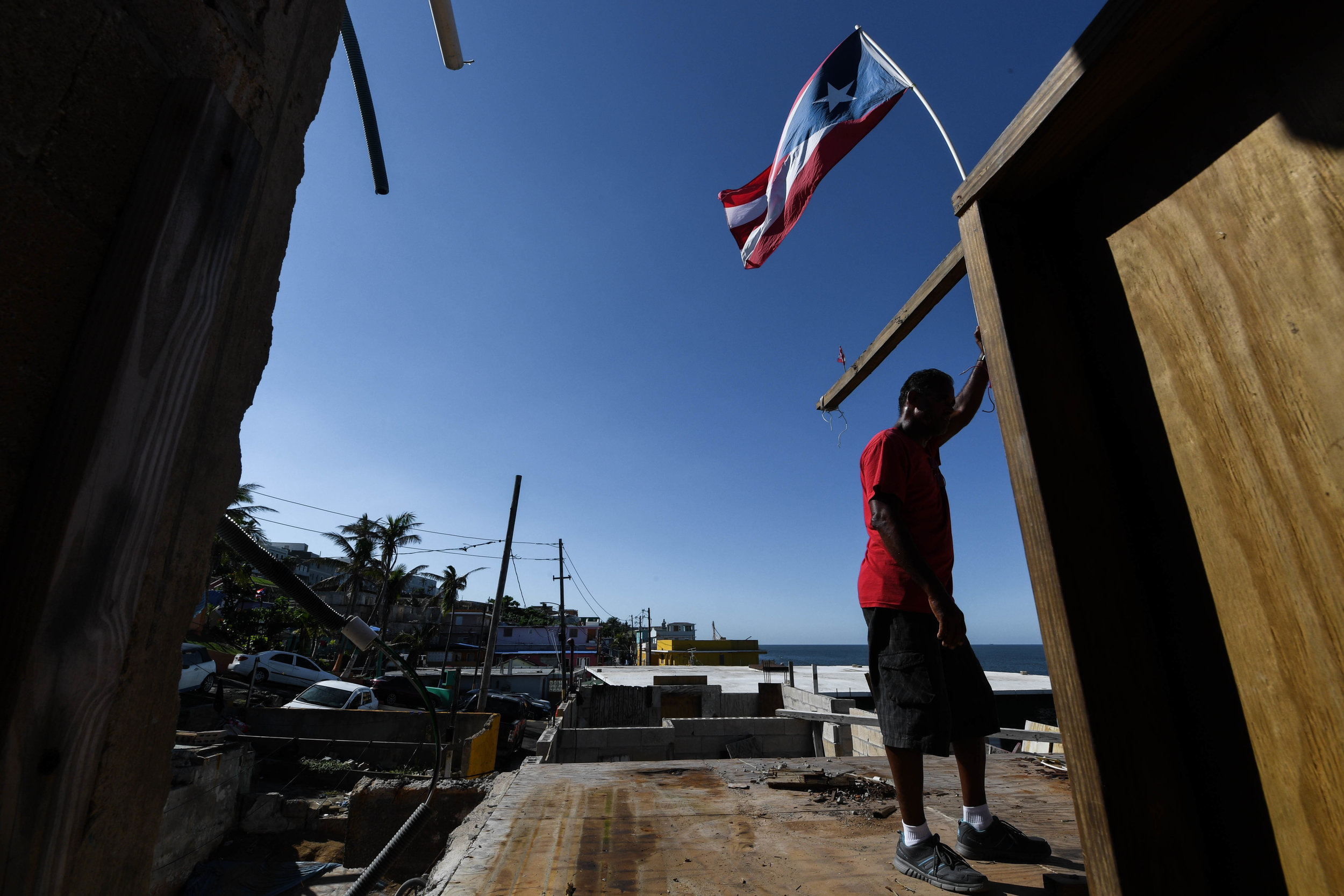
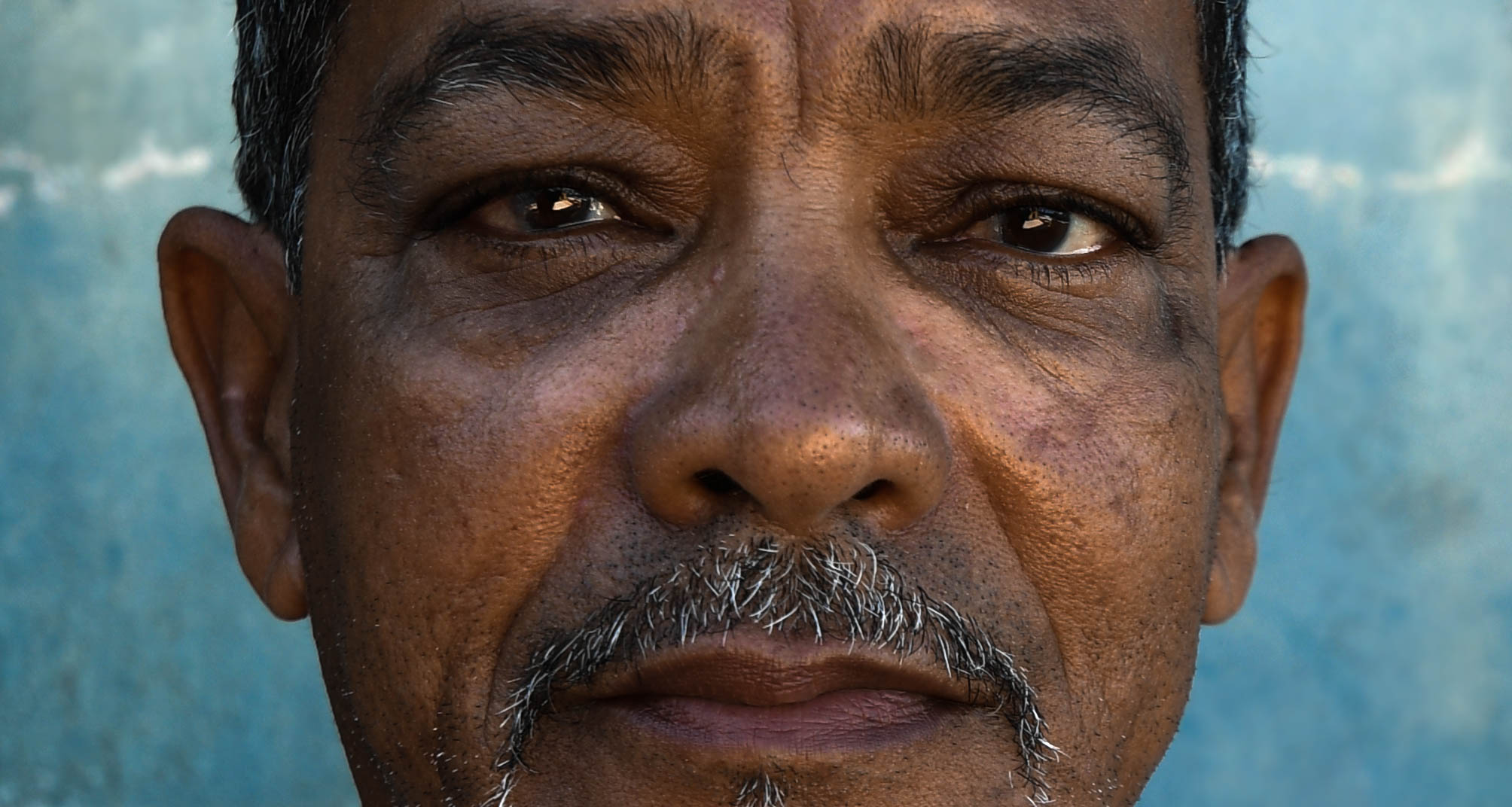
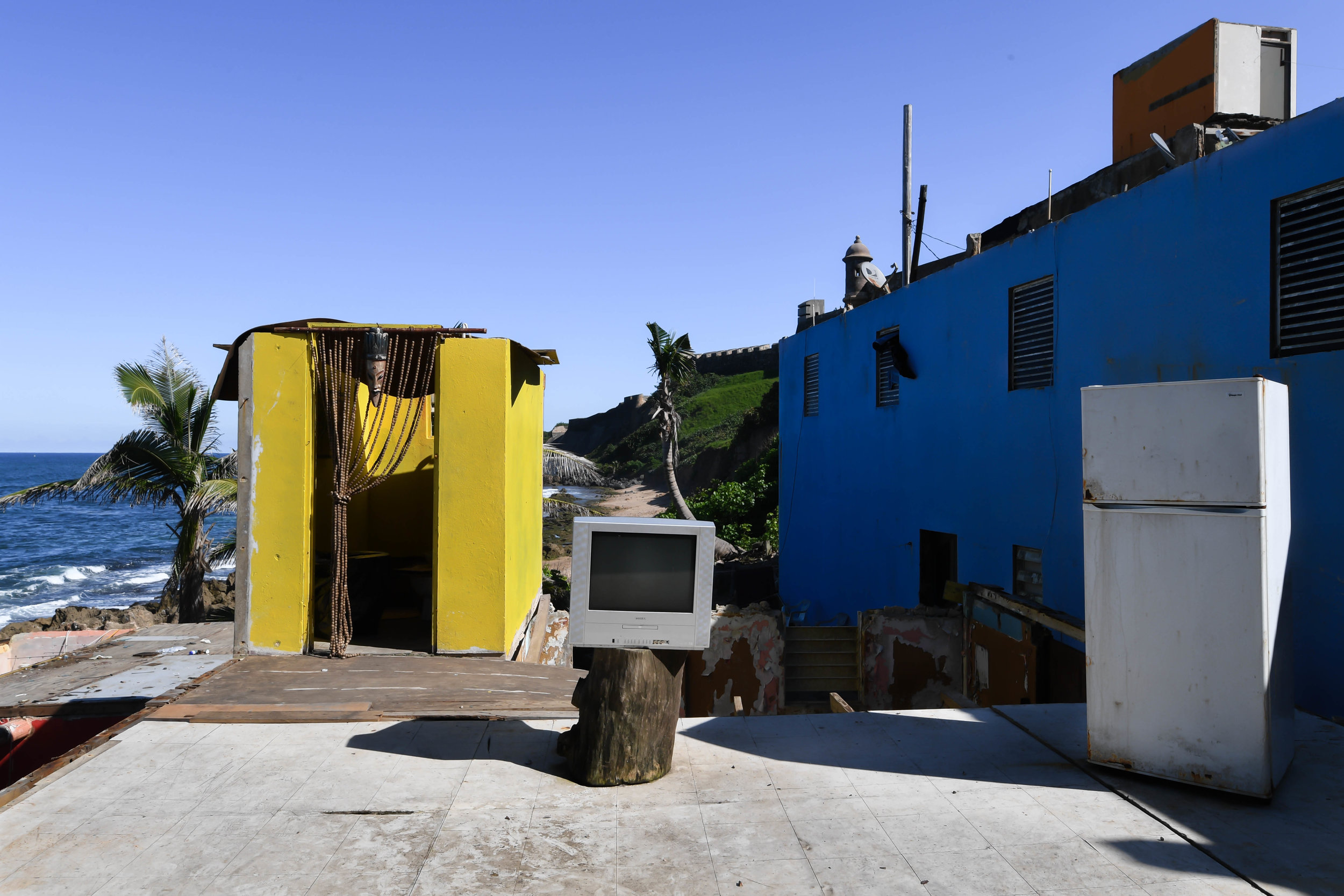
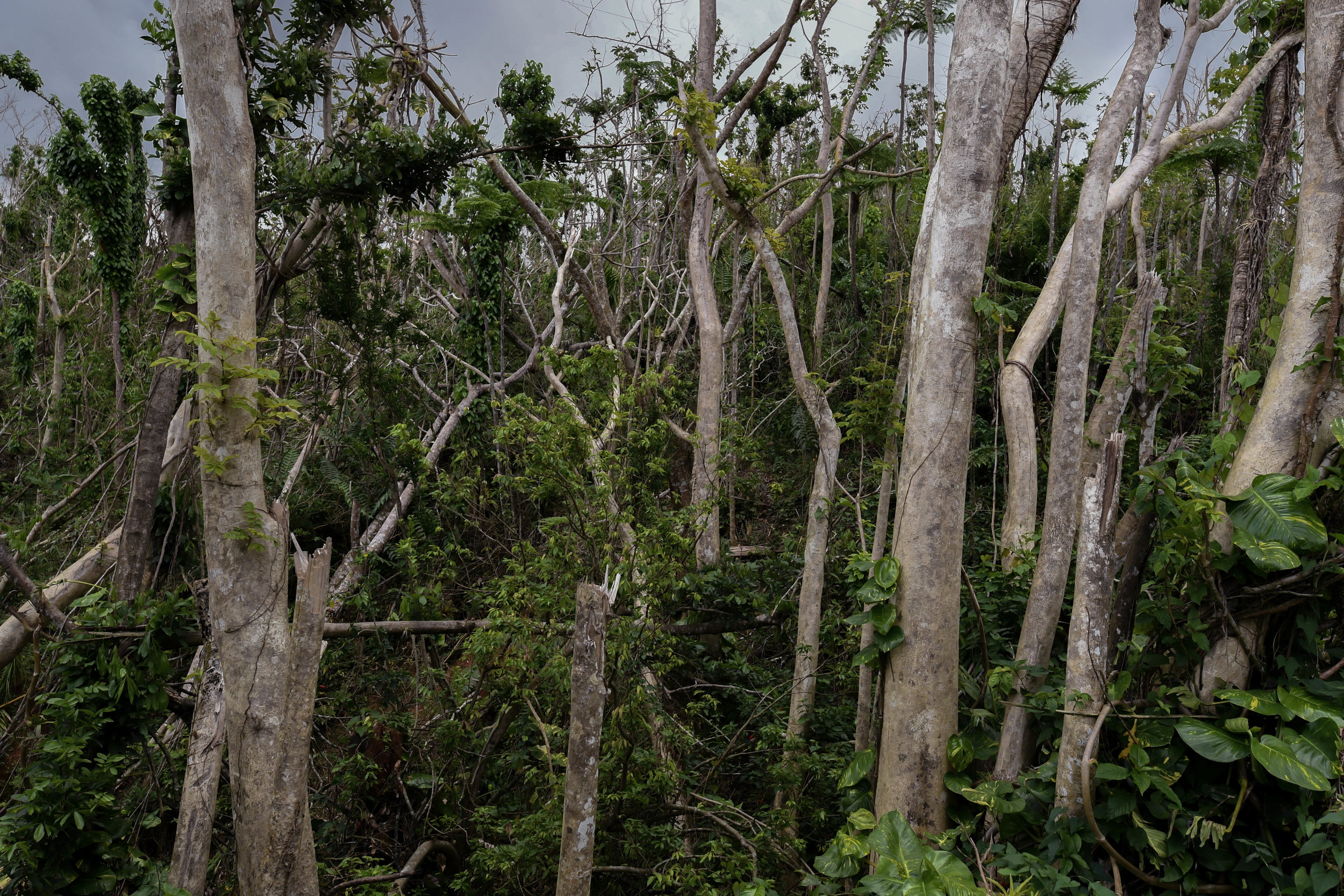


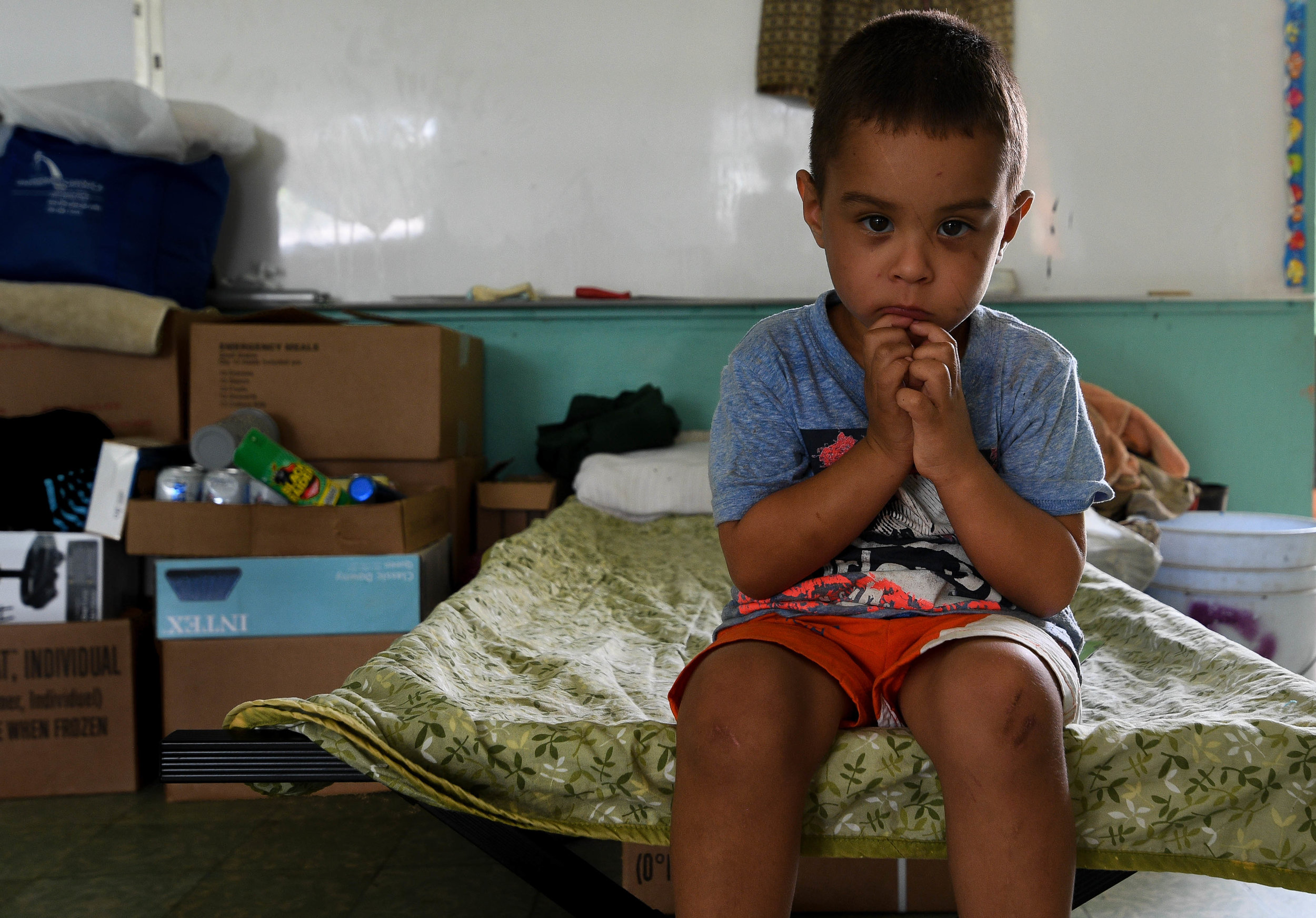
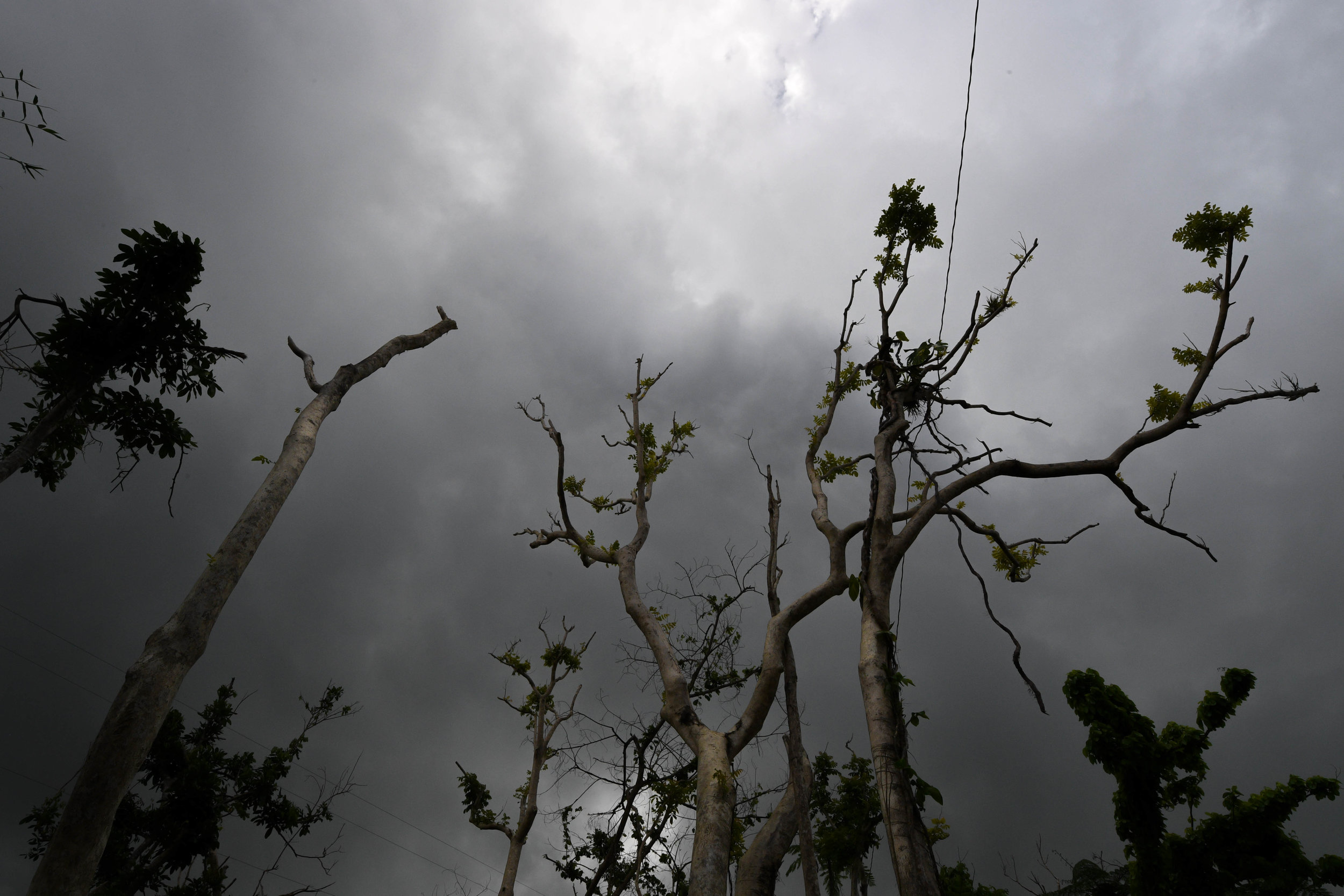
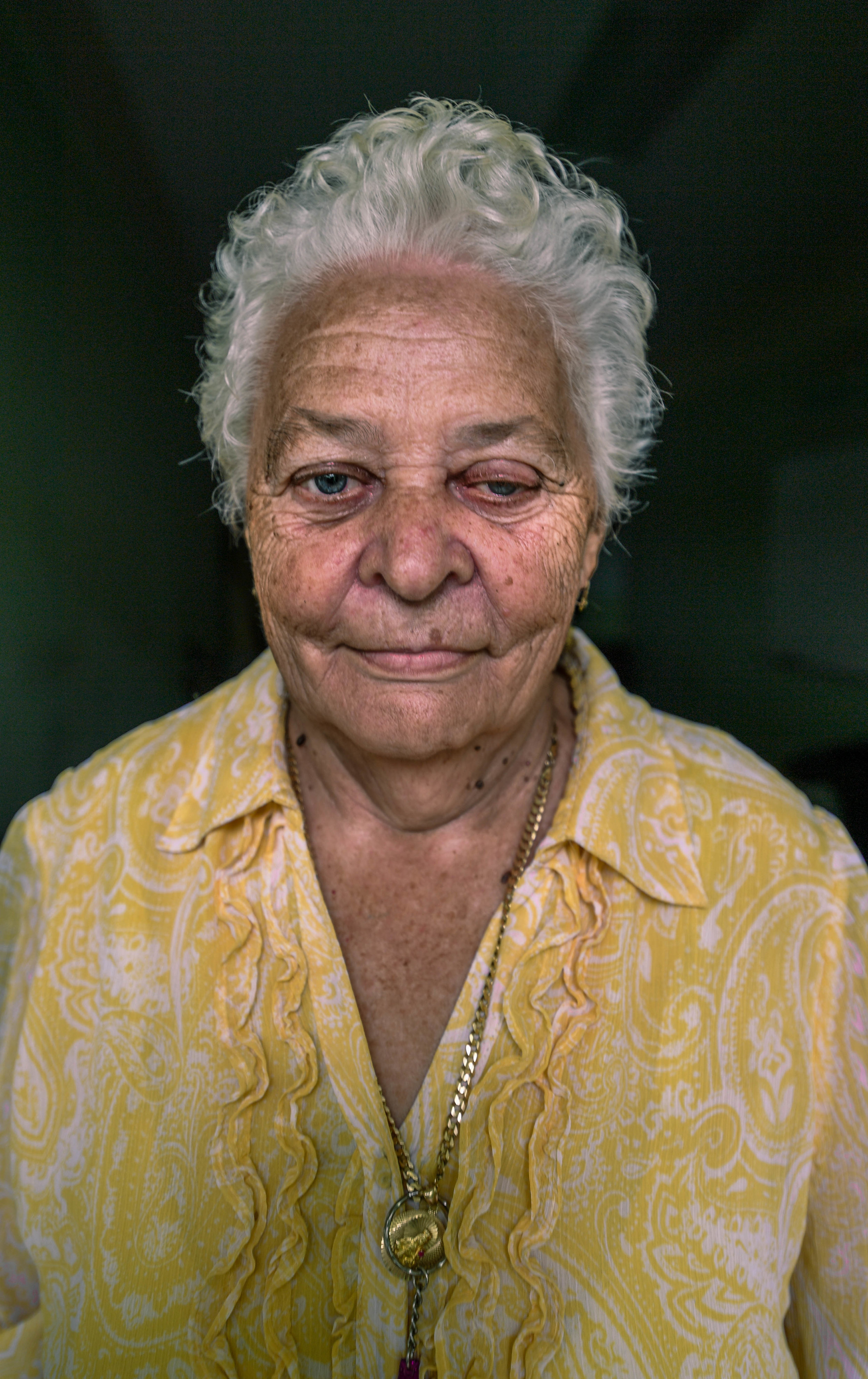
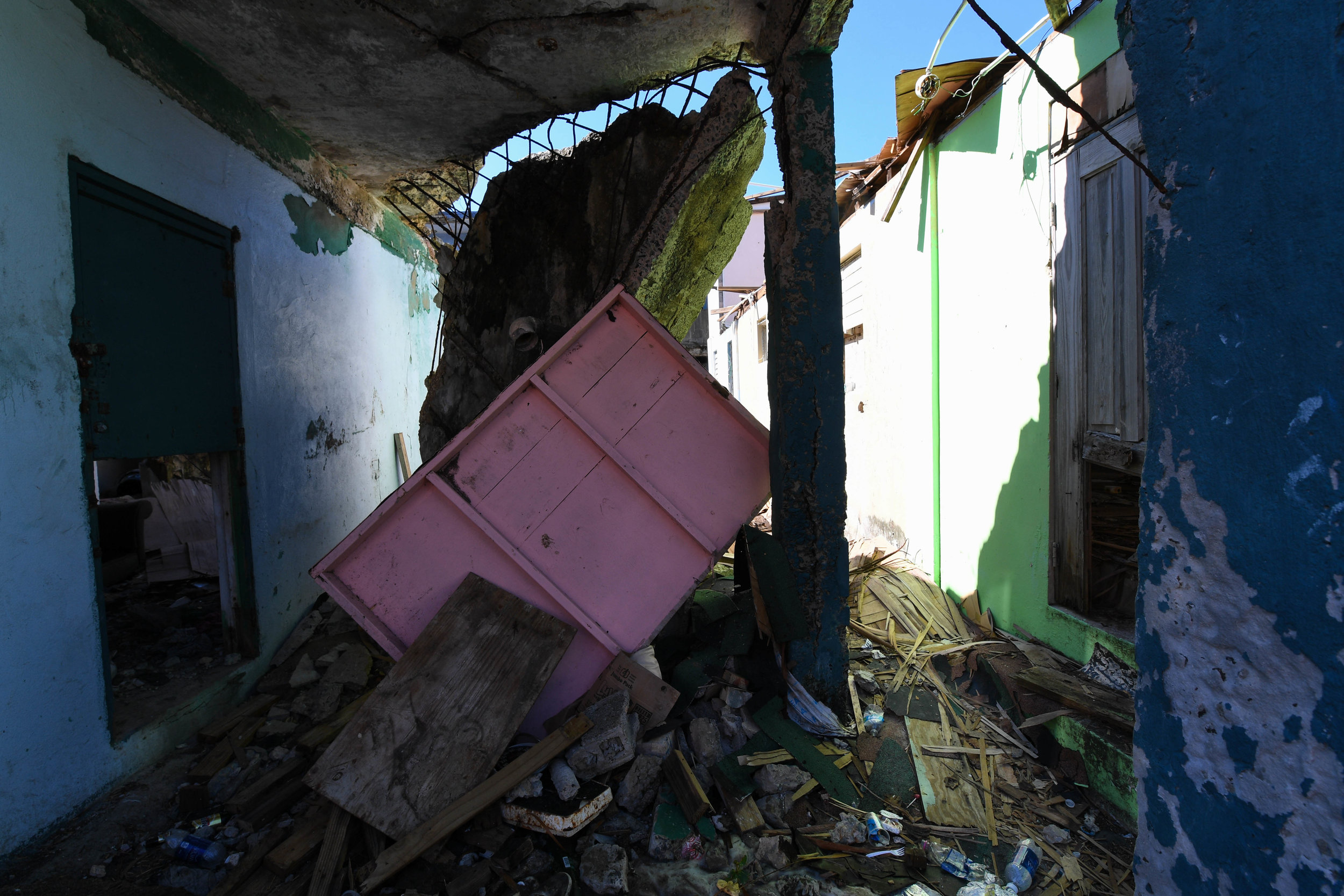


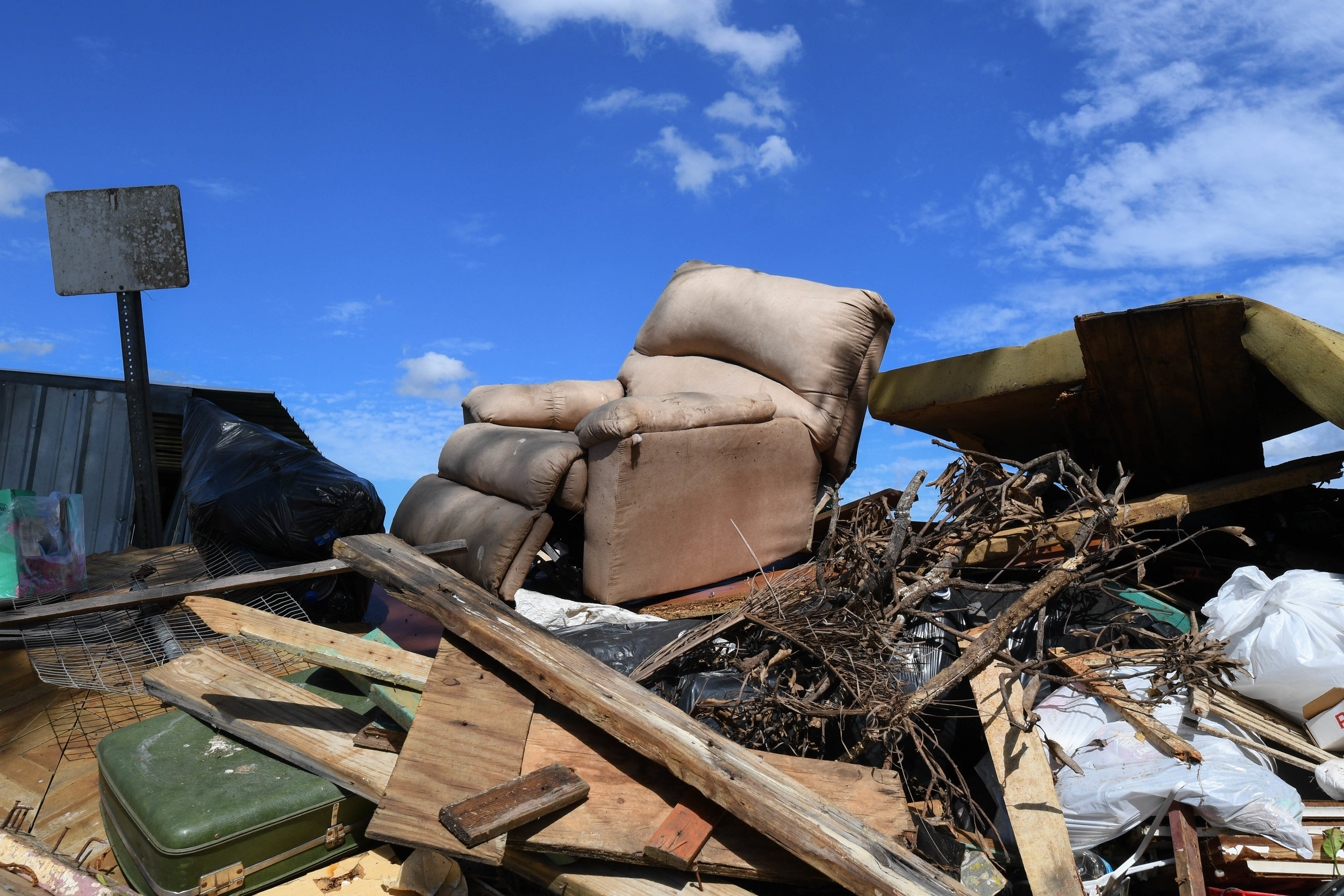
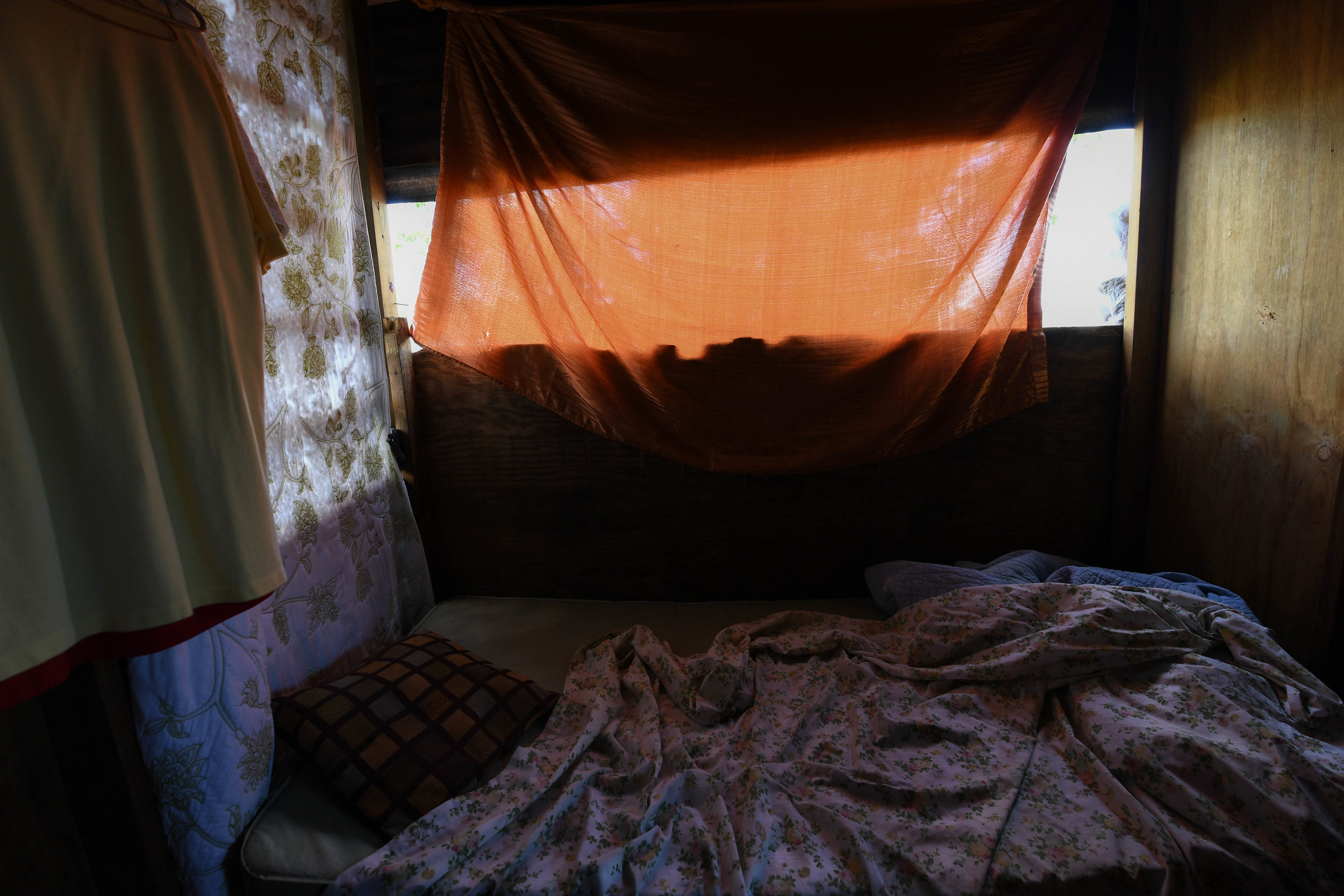
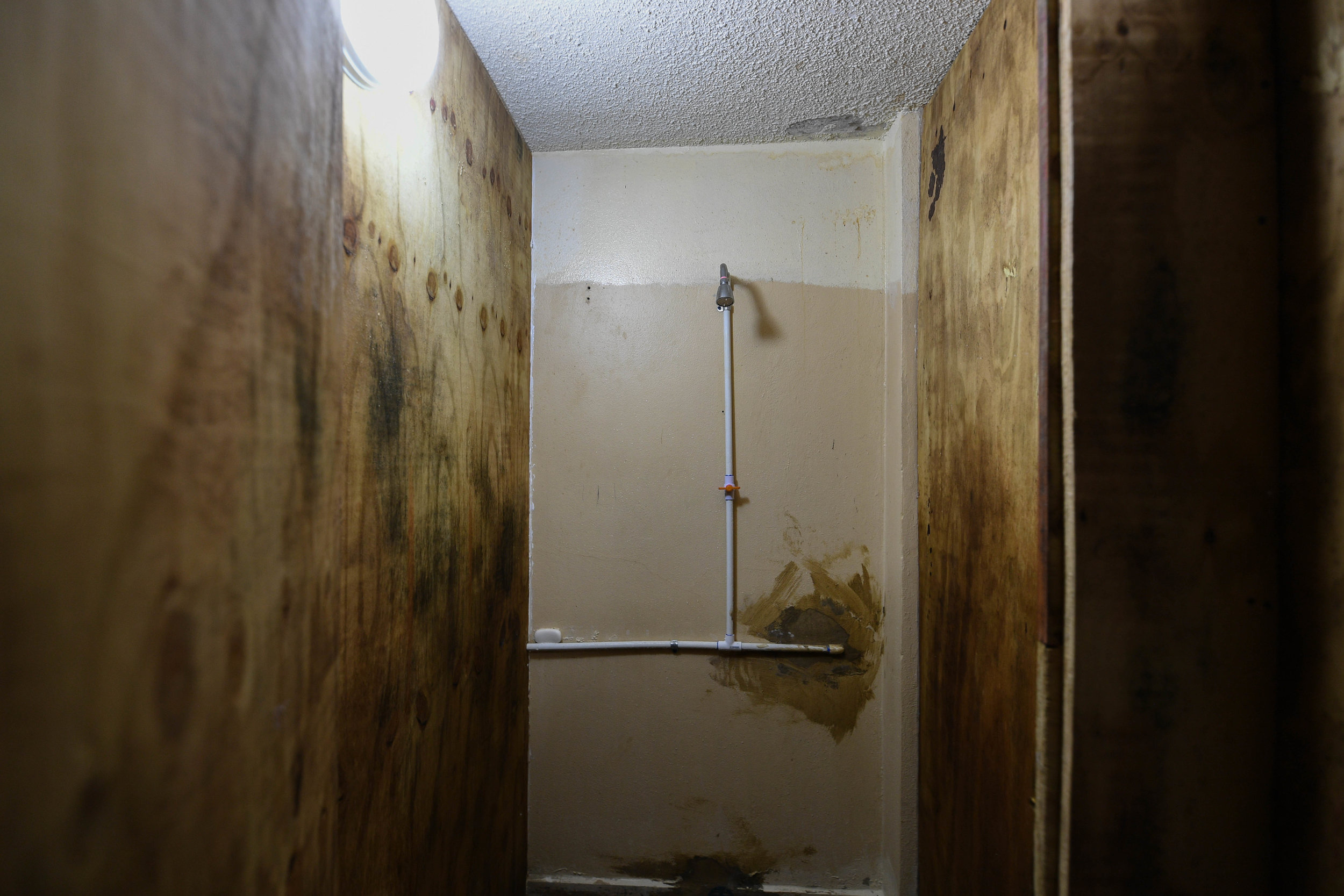
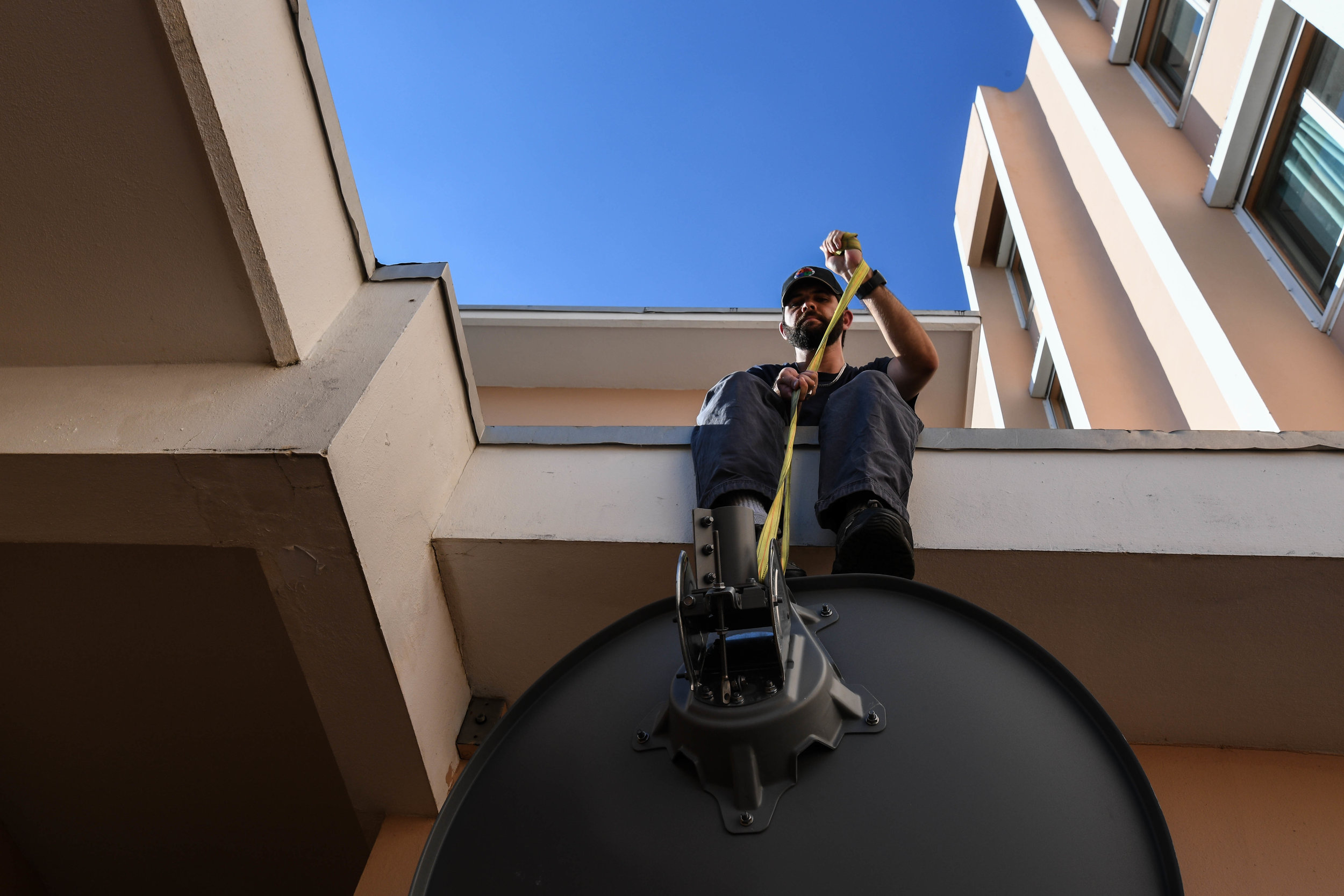
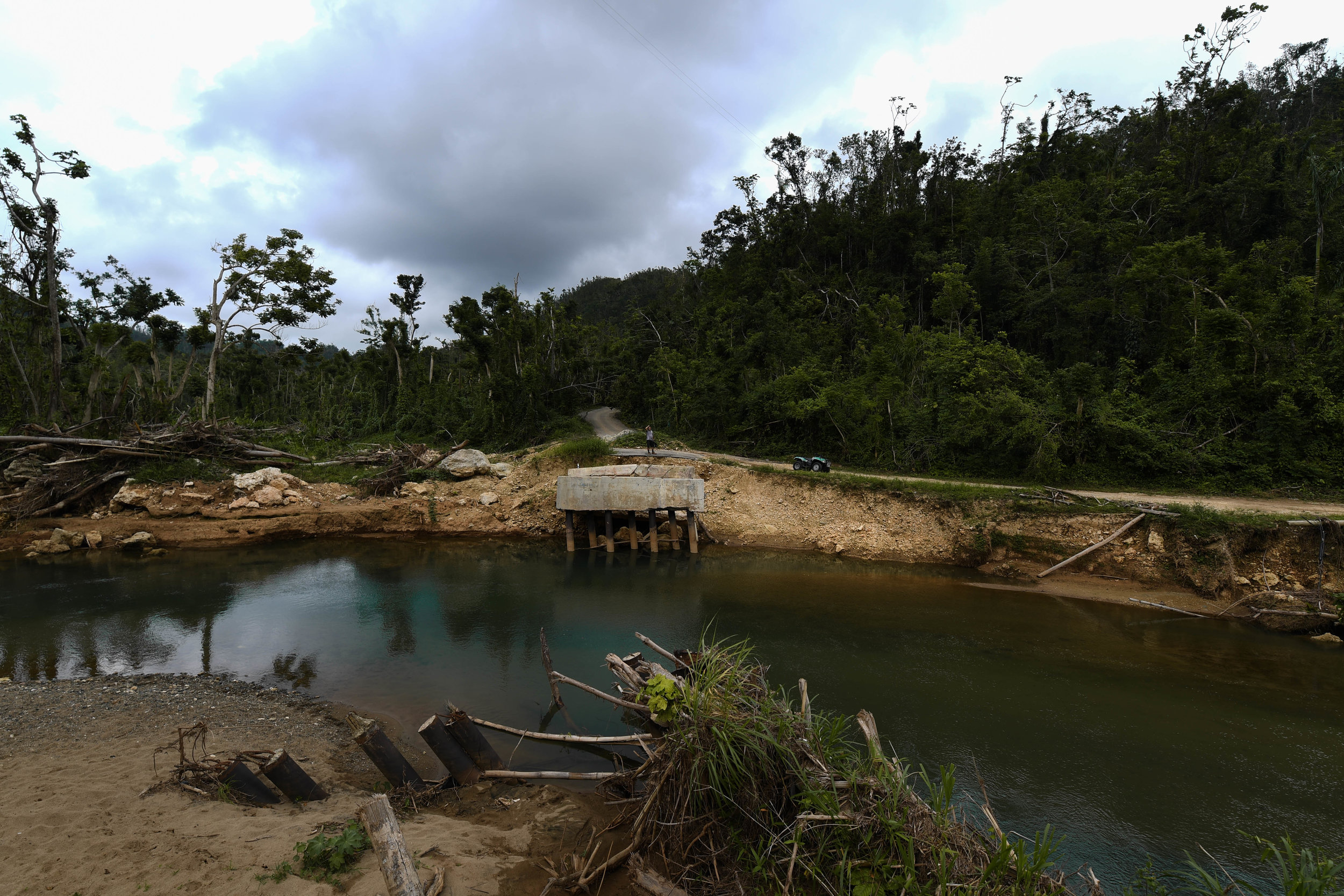
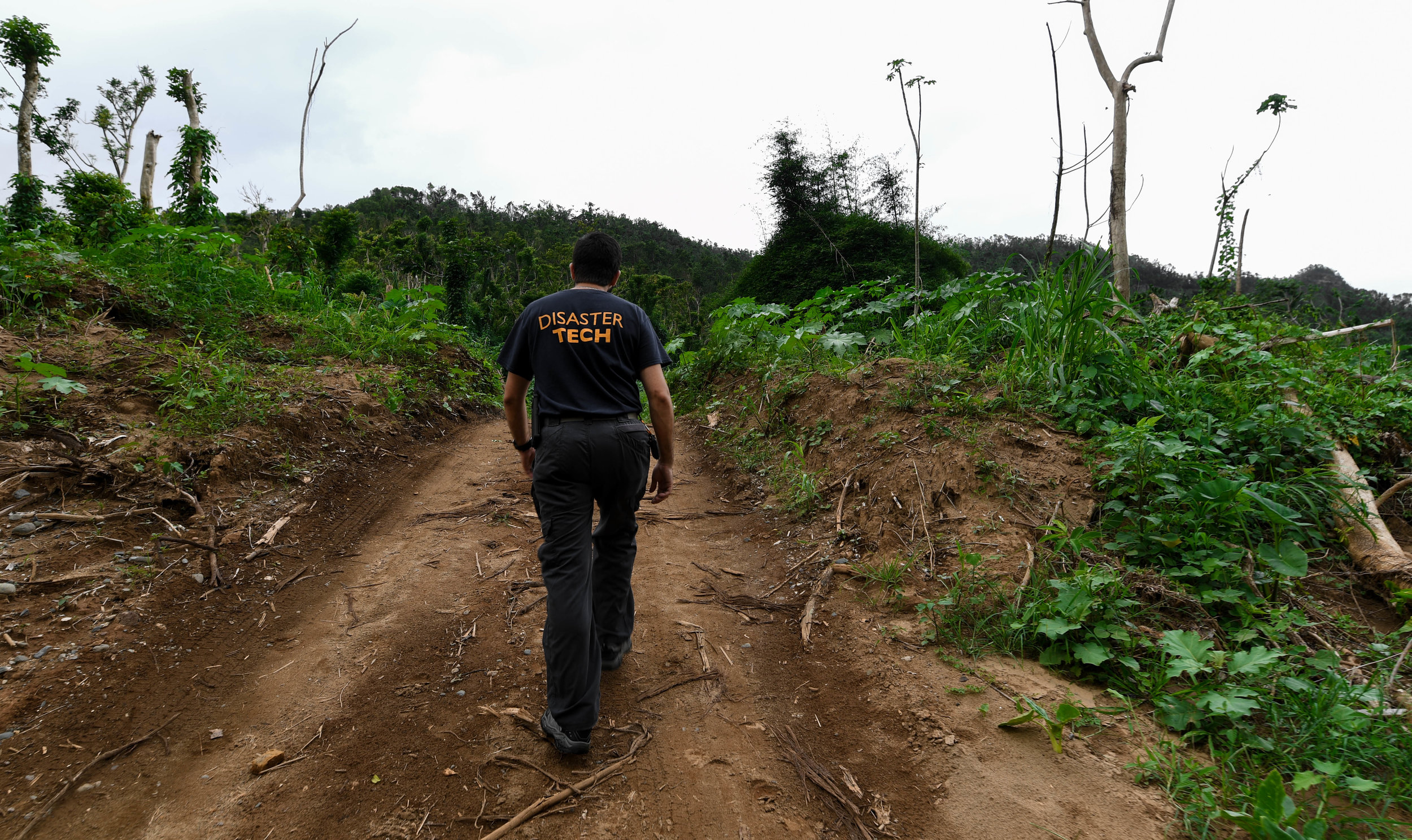
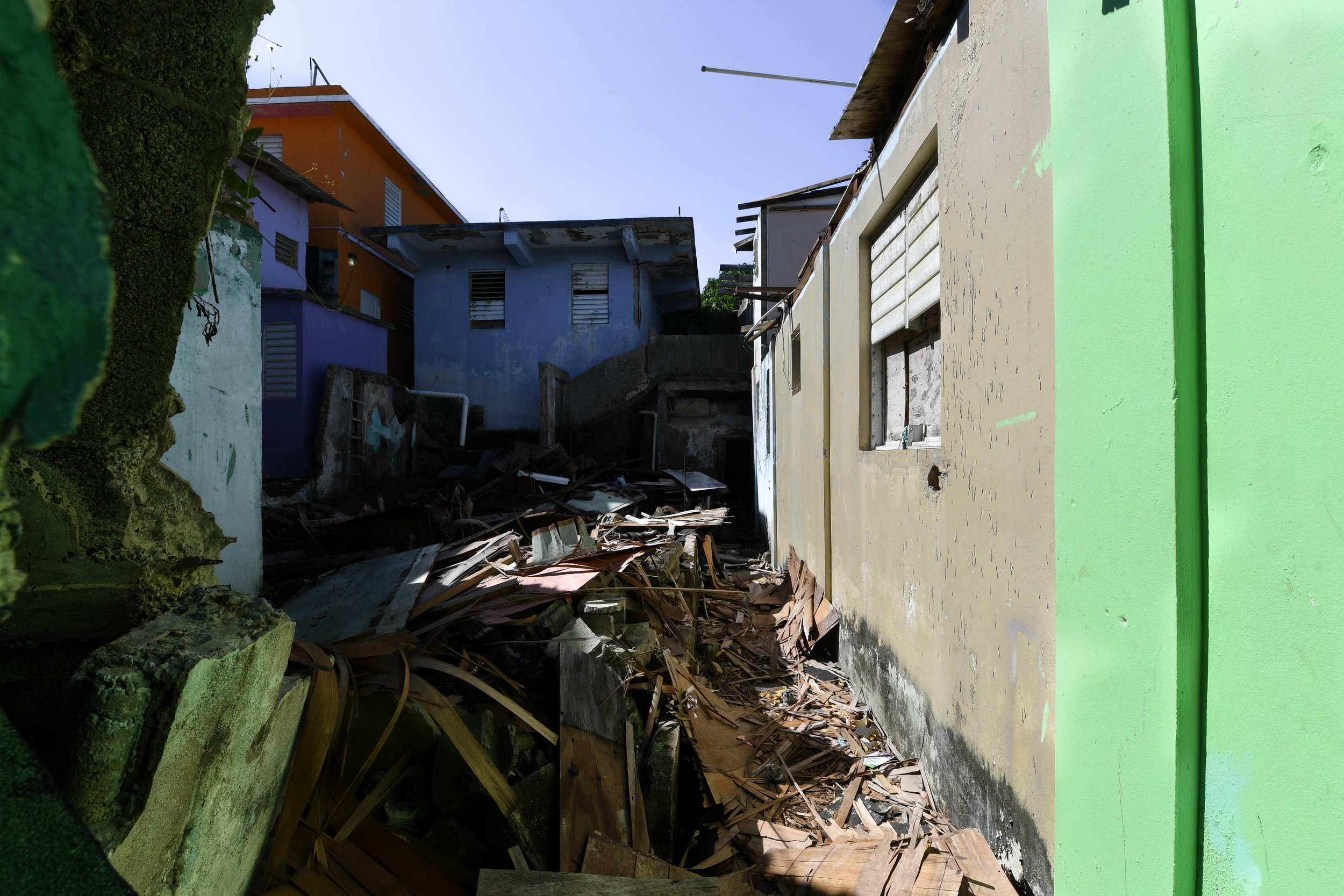
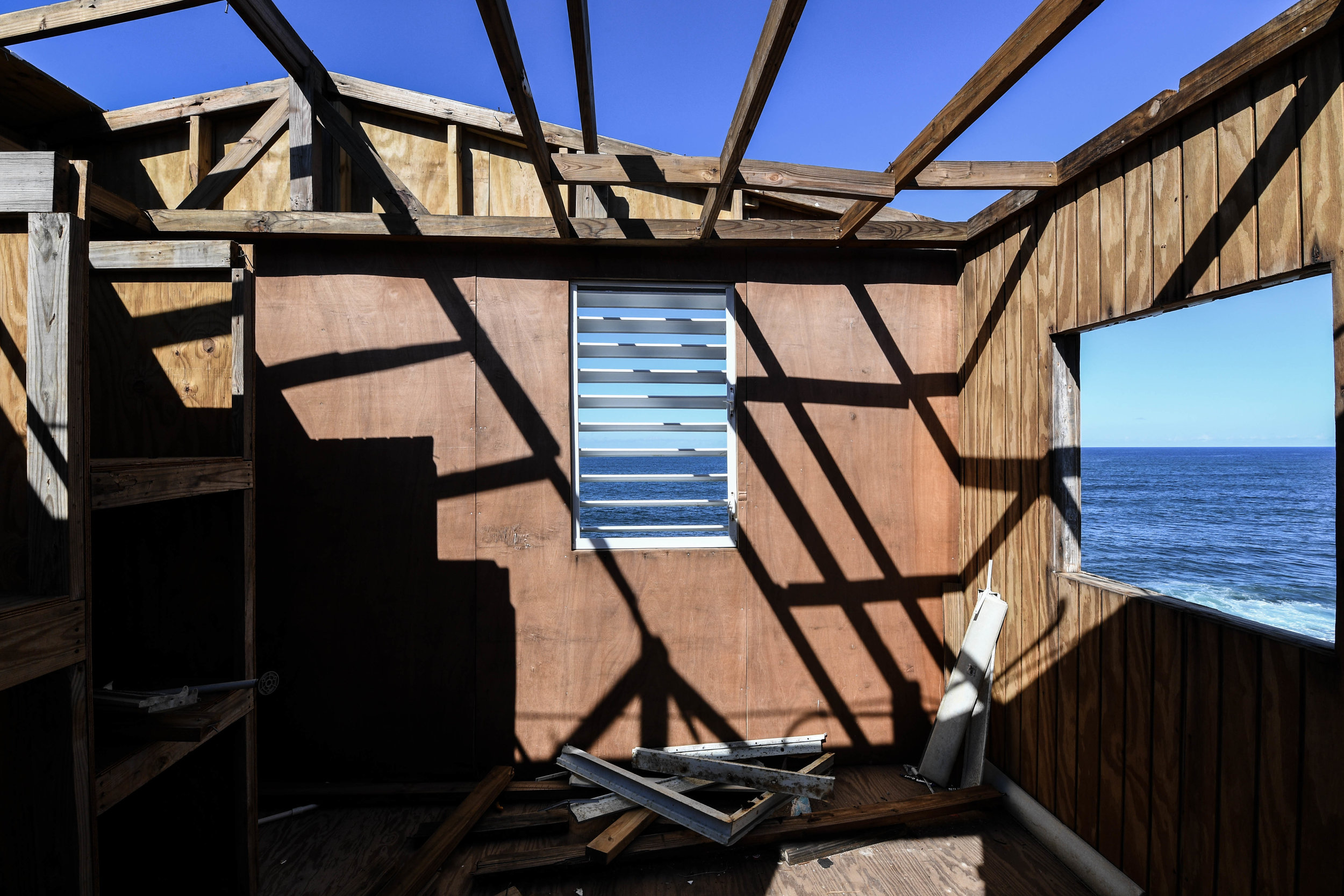
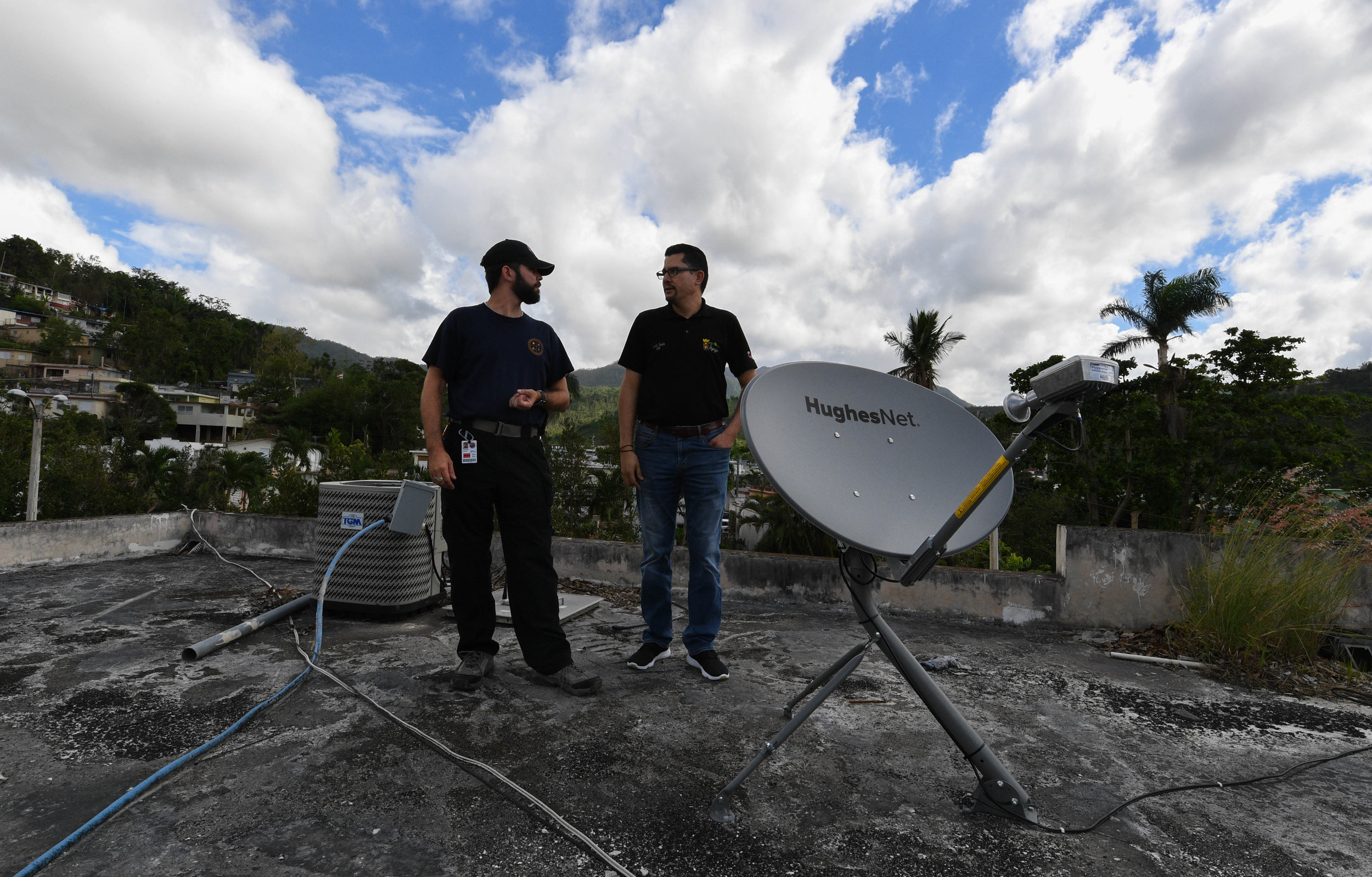

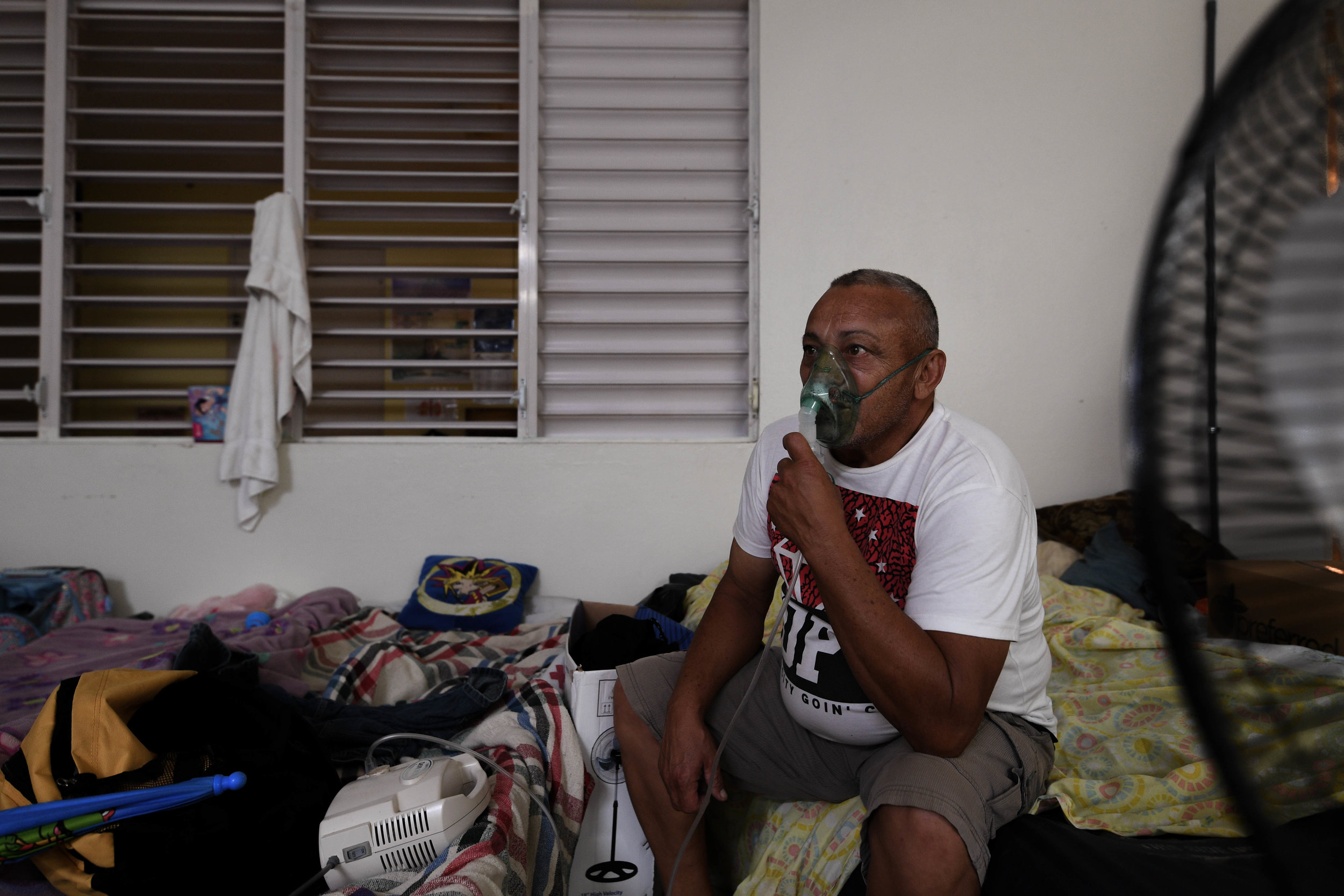
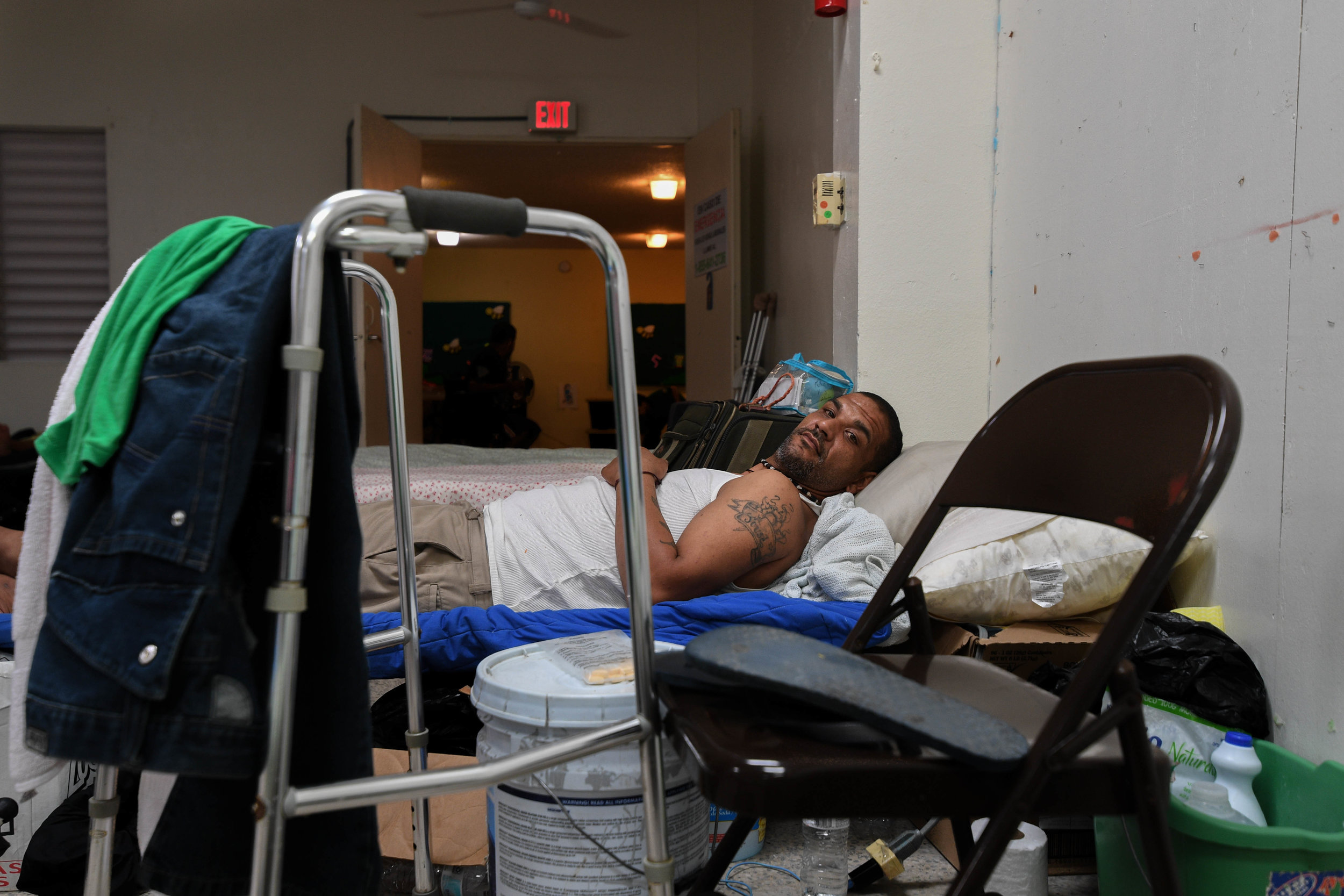

More than four months after Hurricane Maria, greenery has returned to Puerto Rico. At first sight, it’s clear the plants and vegetation of the island have recovered faster than its people.
Radios can be heard in the streets, playing again out car windows as their drivers maneuver and beep through cluttered intersections. The traffic lights are dark; much of the area is still without power more than four months after the storm. Devastation is everywhere.
The concrete is torn and weathered. Entire neighborhoods stand with giant blue tarps keeping the elements away. The winds of the storm tore off the paint of the once-colorful homes. Amid the grey, battered remains of trees and plants blanketing the island are mudslides. Locals say the mountains are melting and the island is taking its last breath.
Countless Puerto Ricans are still shelterless, hungry and thirsty. Downed bridges and torn-up roads make travel difficult and aid trips few and far between. Nonprofits face a landscape too difficult to remain on the island as funds quickly run out. Joe Hillis, founder of Dallas-based Information Technology Disaster Resource Center, is getting ready for his eighth and final trip. The nonprofit’s main focus for months has been to get internet up and running for other disaster-relief organizations, as well as the rest of the island.
When an island is devastated by a hurricane, most relief comes in the form of bottled water and packages of ready-to-eat meals. Internet access may seem like a low priority, but it can be the difference between life and death. Without the internet, islanders cannot fill out the mandatory online form that alerts the Federal Emergency Management Agency of their locations and their needs. Without the internet, there is little aid for Puerto Ricans.
“We could’ve stayed for the next five years, and there still would be places that need to be connected,” Hillis says. “But this is our last trip; there’s just not enough public support.”
Roberto Virbuet, 55, of La Perla, still has no internet or electricity. He is one of 3.4 million Puerto Ricans affected by Hurricane Maria. He remembers when his island home was filled with dancing and singing and “enchanted with a joyful people.” Without web access, he has no way of filling out the online FEMA form. These are the stories that bring Joe and Debbie Hillis’ boots to the ground.
“My family, we are volunteers like everyone else,” Joe Hillis says.
Together, the couple founded the nonprofit ITDRC in 2008. They now call a retired fire truck their office and home, parking it wherever disaster strikes (although they sent volunteers and equipment, not the truck, to Puerto Rico). They deploy more than 1,000 volunteers statewide with technology to reconnect victims with their cut-off families.
“We need all the volunteers we can get. There is no shortage of disaster,” he says.
In 2017, the couple worked more than 300 days out of the year, spending months in one disaster zone and then relocating to the next. Recent deployment teams have been working for 180 days, volunteers traveling from Houston, devastated by Hurricane Harvey, to Puerto Rico.
Working from Dallas Fort-Worth, the couple marked sites in Puerto Rico that were running off generators and teamed up with local satellite dish installers to help get their volunteers more donated gear.
This is the couple’s first time sending volunteers off the mainland. Not having the comforts of the ITDRC truck poses many challenges for the relief teams and limits the amount of gear ITDRC can send from Texas.
Once in Puerto Rico, volunteer teams rise at 4 a.m. Torn roads and downed bridges demand an early start. Any later, and they would not have enough time to navigate to and from the sites the Hillises have marked. The team must make it back before dark. With no street lamps and no stoplights, driving at night is not a safe option.
The volunteers will travel to more than 60 marked sites — hospitals, police stations, suicide hotlines and shelters. They split up and communicate via satellite phones, marking more places to aid as they go. The goal is to reconnect, so the villages can again have a voice and begin to receive aid from FEMA.
Because of the lack of public funding ITDRC will make its eighth and final trip this month, but it will not remove the donated gear until local internet is restored.
“I wake up everyday, and whether it’s wildfires in California or hurricanes in Puerto Rico, I know what my mission is,” Joe Hillis says. For the next few weeks, the mission is in Puerto Rico.